Entre los días 17-21 de Octubre tuvo lugar la tercera edición del curso de profesores internacional ESA_GTTP, en formato online, bajo el título “ESA_GTTP2022: Space for all”. ESA_GTTP surge del trabajo entre el Equipo CESAR y el Equipo NUCLIO, coordinador de el Programa de Formación al Profesorado Galileo (Galileo Teacher Training Program, GTTP) que comenzó en el 2020 y cuenta con la colaboración de el Instituto de Astrofísica de Canarias (IAC), el Proyecto de Telescopios Faulkes y el Observatorio de las Escuelas Nacionales.
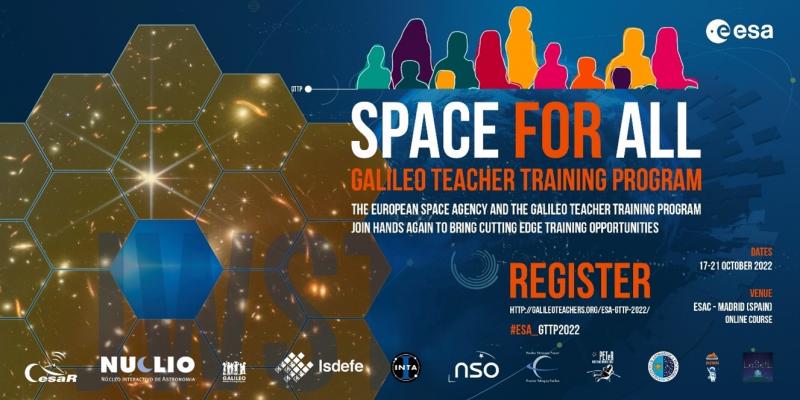
Figura 1: Póster del curso ESA_GTTP2022
Unos 120 profesores y profesoras, repartidos por todo el globo terrestre (ver Figura 2) que imparten diversas asignaturas en primaria, secundaria, y bachillerato, formación profesional asistieron, así como los coordinadores de clubes de astronomía. Por primera vez en esta edición contamos con profesores como colaboradores, en particular de Bahrain e Irán.

Figura 2: Localización del profesorado asistente al ESA_GTTP2022
El curso fue diseñado como una combinación perfecta entre presentaciones de científicos e ingenieros, actividades educativas fáciles de replica en el aula e interacción con el profesorado.
Las charlas de expertos incluyeron una presentación de qué es ESA y su programa científico.
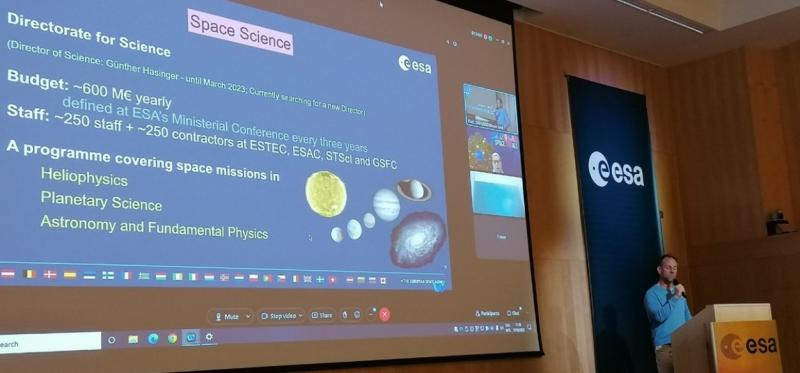


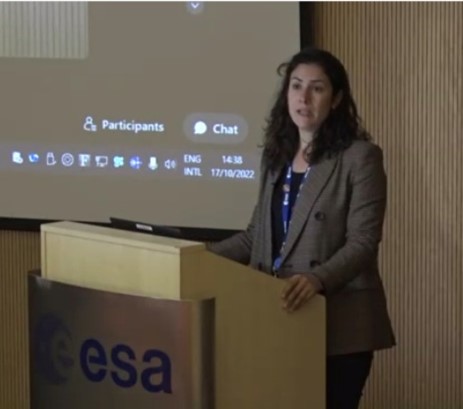
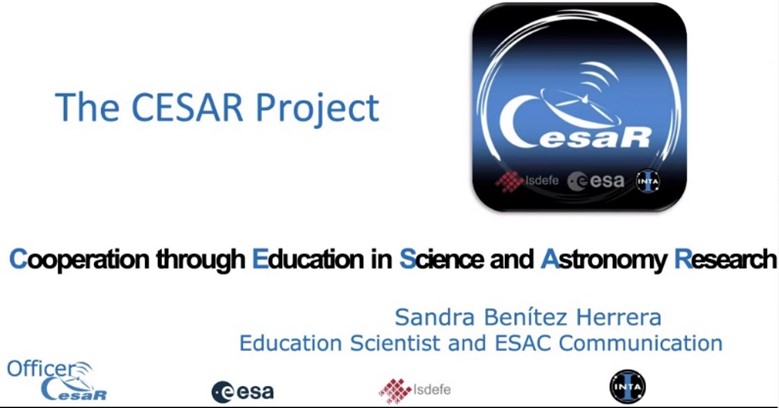
Figura 3: Presentación de la Agencia Espacial Europea realizada por Dr. Markus Kissler-Patig (Jefe del Departamente de Ciencia y Operaciones de ESA) y de las Misiones Científicas de ESA por Gaitee Hussain (Jefa de la División de Ciencia de ESA) y del Equipo CESAR por Sandra Benítez, coordinadora del Equipo CESAR y del Equipo de Comunicación de ESAC.
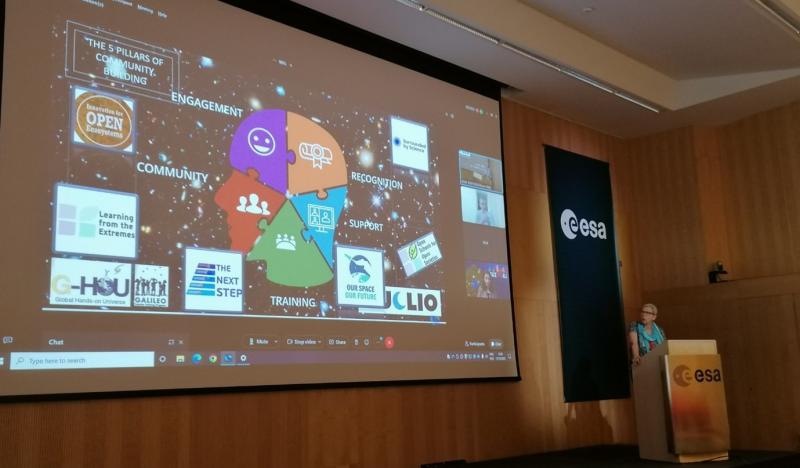
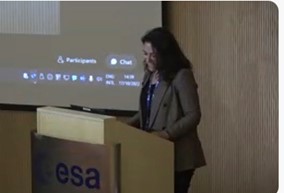
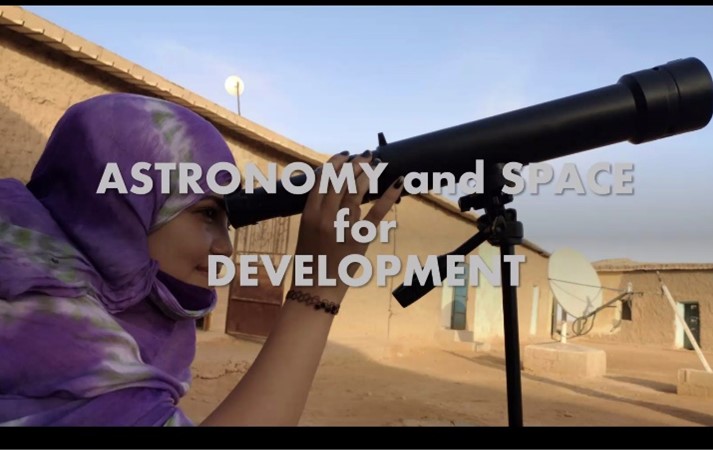
Figura 4: Presentación de la coordinadora del Equipo NUCLIO, Rosa Doran, sobre la educación y divulgación en el siglo XXI de la Astronomía y Presentación de la coordinadora del Equipo CESAR, Sandra Benítez, sobre el uso de la Astronomía y Espacio para el Desarrollo.
Dentro de la sección de charlas de expertos pudimos actualizar al profesorado sobre la misión James Webb Space y sus imágenes de alta resolución sin precedente que nos han permitido detectar la que se cree es la galaxia más anciana detectada (con unos 13.500 millones de años), la misión Gaia y su última entrega de los datos (Release 3) que permite generar el mapa tridimensional más preciso del 1% de nuestra galaxia, de la misión Solar Orbiter y los nuevos hallazgos de las variaciones en el campo magnético del Sol y su impacto en el viento solar así como de la misión BepiColombo que desde que ha realizado ya seis vueltas a Mercurio, y ha tomado datos con su webcam, para modificar su órbita hasta que llegue a su órbita final entorno a este planeta a finales del 2025.
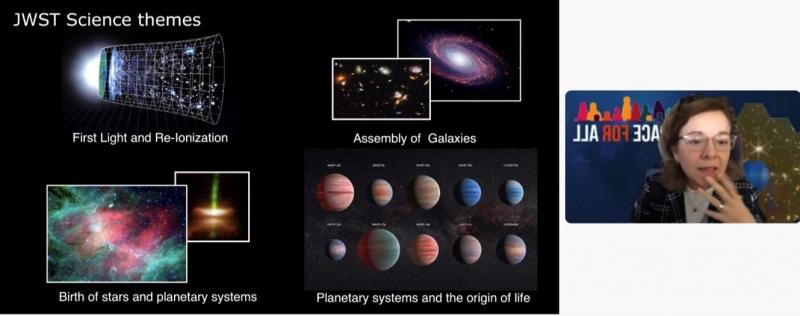
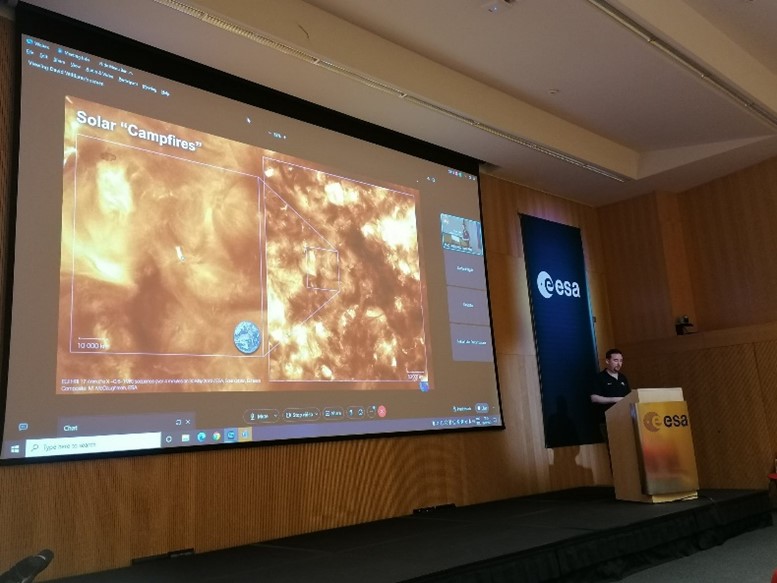

Figura 5: Presentación del telescopio NASA/ESA James Web realizada por Giovanna Giardino (científica de ESA dedicada al instrumento NIRSpec a bordo del telescopio James Webb), Presentación de Solar Orbiter por el científico de operaciones de la mission Solar Orbiter, David Williams e imagen de la última maniobra asistida de la mision BepiColombo alrededor de Mercurio.
Junto a estas charlas expertas se realizaron talleres de Astronomía, sencillos de replica en clase, con materiales de fácil acceso así como con ordenadores y software libre (salsaJ) para analizar los datos científicos de los telescopios CESAR, telescopios robóticos educativos PETeR y Faulken así como datos de los archivos de la misiones ESA (a través de ESASky).
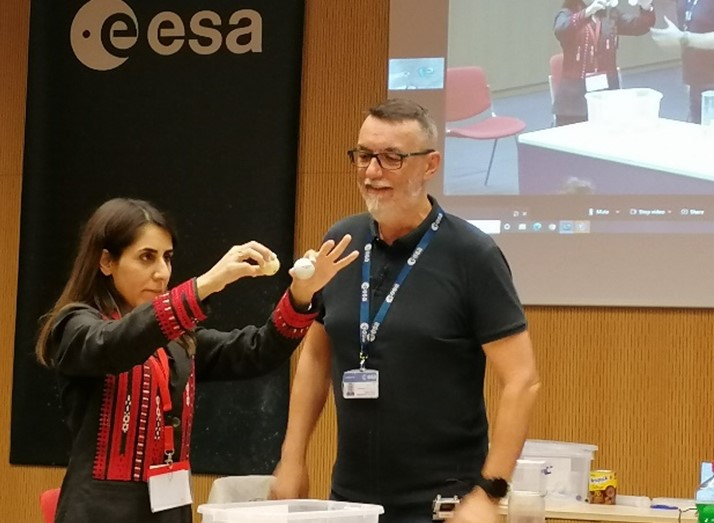
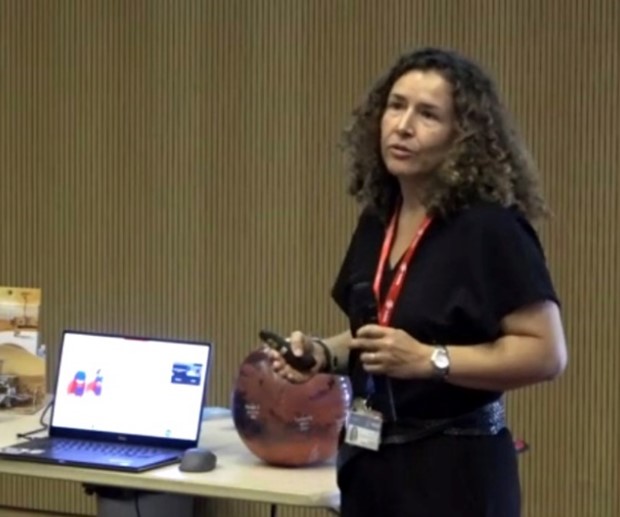
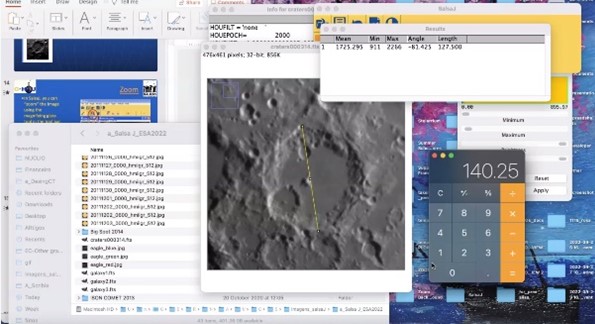
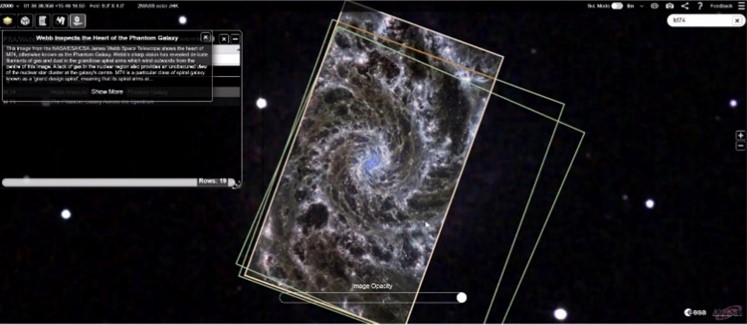
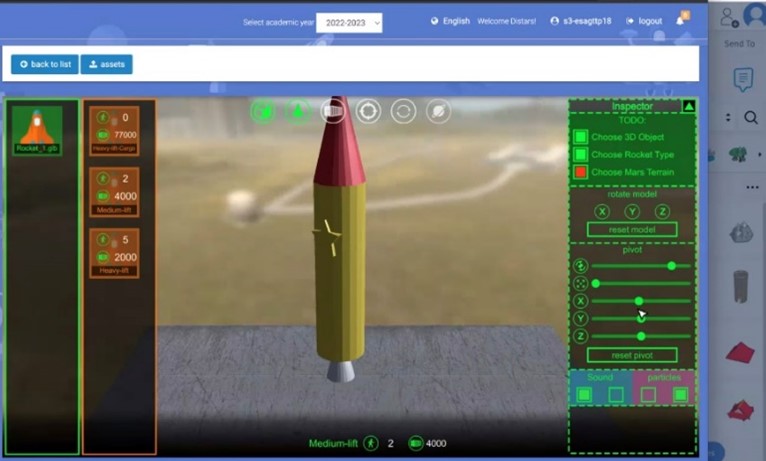
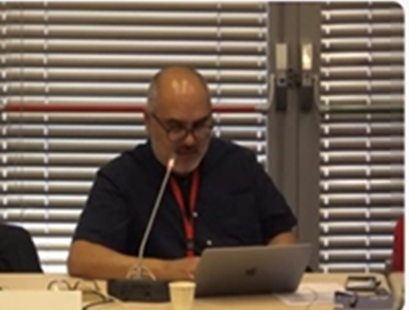
Figura 6: (arriba izquierda) Taller de astrobiología realizado por nuestro compañero de ISDEFE Juan Angel Vaquerizo, (arriba derecha) presentación de las Space Science Experiences por nuestra compañera de ISDEFE Beatriz M. González García, (centro izquierda) estudio de la superficie de la luna con el software educativo SalsaJ, (centro derecha) Imagen de la galaxia M74 tomada por JWST accesible a través del portal científico de acceso libre ESASky, (abajo) Presentación sobre plataforma educativa DISTARS que permite emplear historias (story-telling) para divulgar astronomía y tecnologia. Realizada por nuestro colaborador de NUCLIO, Gustavo Rojas.
En esta edicion ESA_GTTP tuvimos por primera vez una mesa redonda, cuya temática fue “inclusión e innovación en educación” moderada por la coordinadora del Equipo CESAR, Sandra Benítez.

Figura : Panelistas de la mesa redonda “Inclusión e Innvación en la Educación”
Todos aquellos interesados en más detalles del curso puede visita la web del curso así como el repositorio con los materiales presentados en el curso, los comentarios en nuestro twitter (@esa_cesar_es) así como visualizar las charlas de expertos en el YouTube de ESAC:
http://galileoteachers.org/esa-gttp-2022/
https://cesar.esa.int/folder.php?Folder=79&K=c90040ff1c
https://twitter.com/search?q=%23ESA_GTTP2022&src=typed_query&f=live
https://www.youtube.com/channel/UChy81-tY_eRPHL_5cuvlsEA